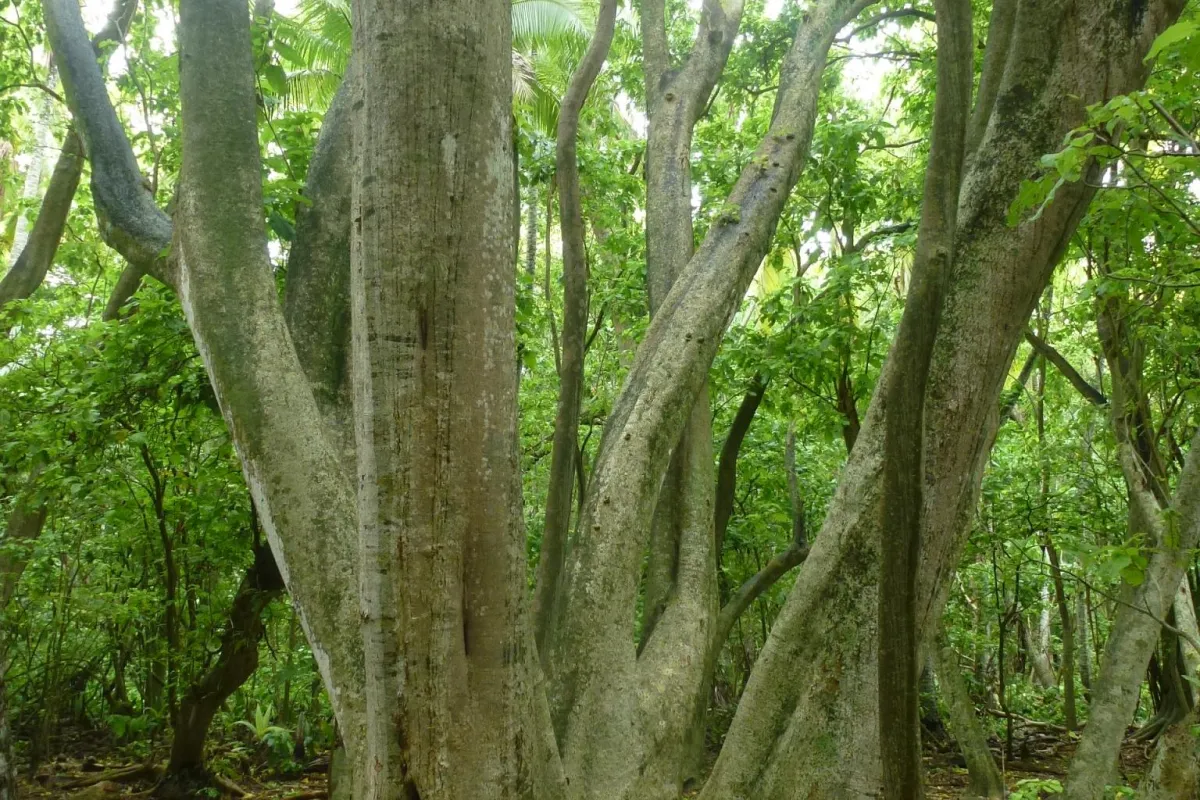Motu Reiono was part of the coconut plantation that operated on Tetiaroa from the 1930s to the 1960s. So the motu had been clearcut and then planted with coconut trees.
Without any native vegetation these stands of coconut are vulnerable to storms and in 1983-84 Tetiaroa (and the other Society Islands as well) had a series of six cyclones (hurricanes) that devastated the island.
Motu Reiono is particularly vulnerable to storm surge since it is on the Southeastern tip of the island and gets waves from three directions. So the coconut plantation on Reiono was swept away by storm waves that washed right across the motu.














